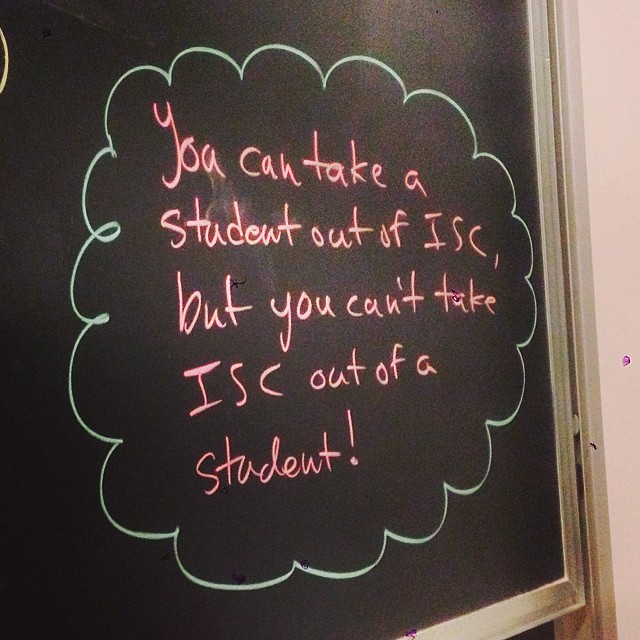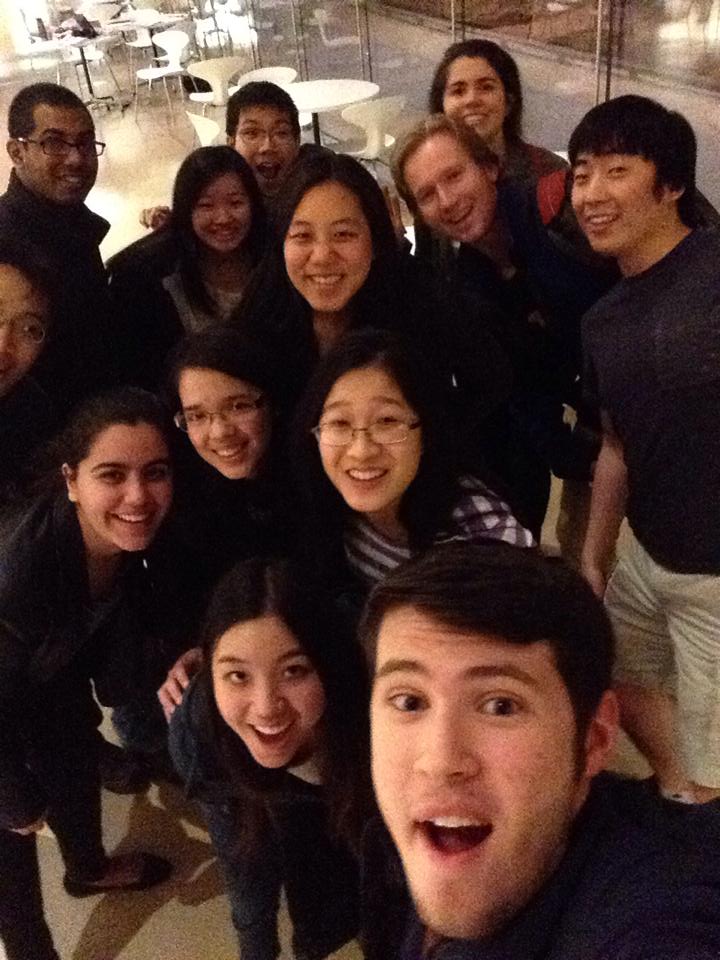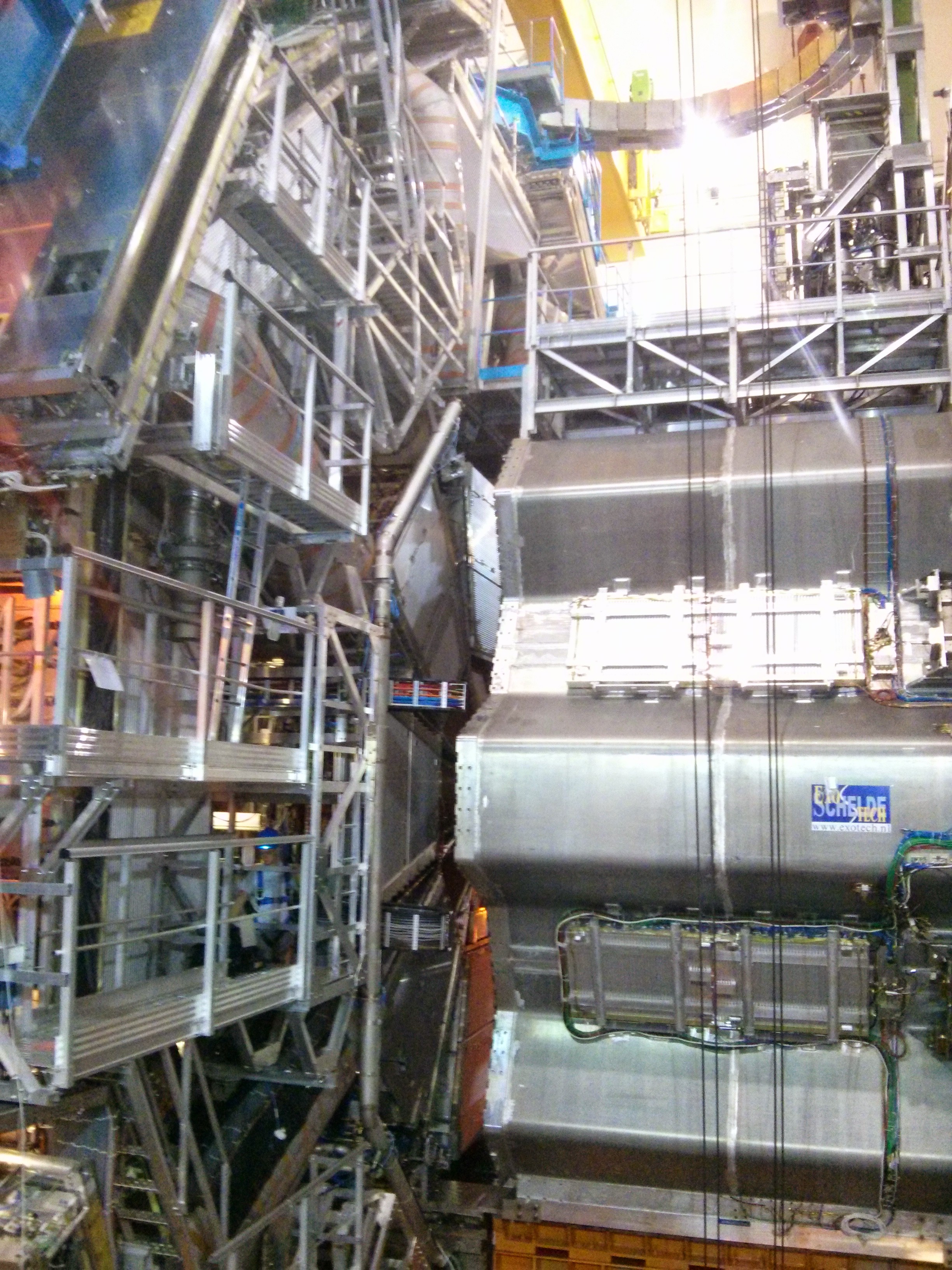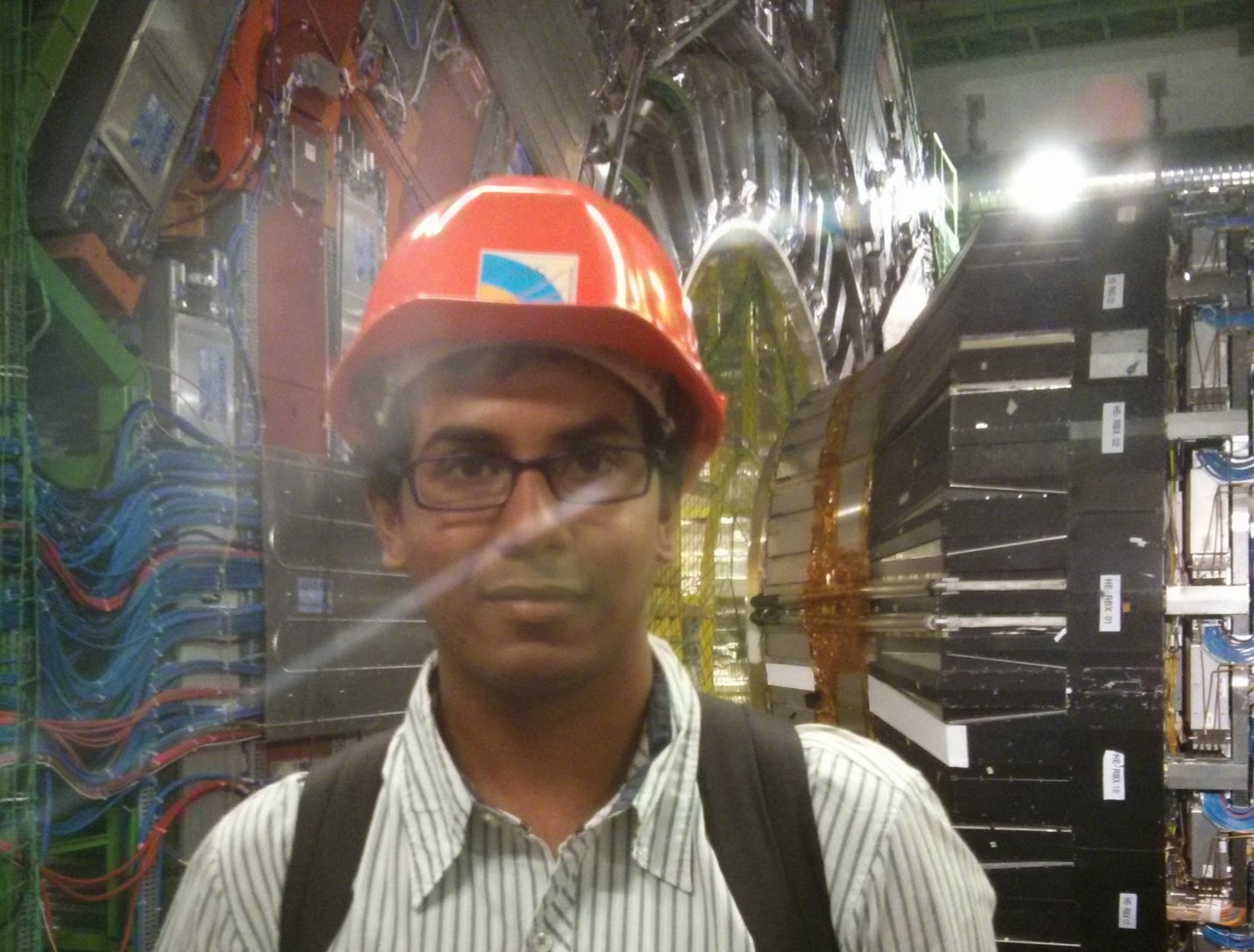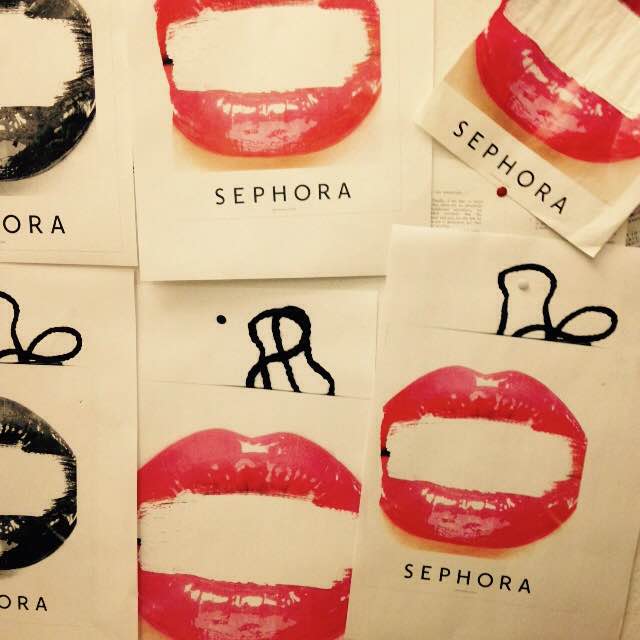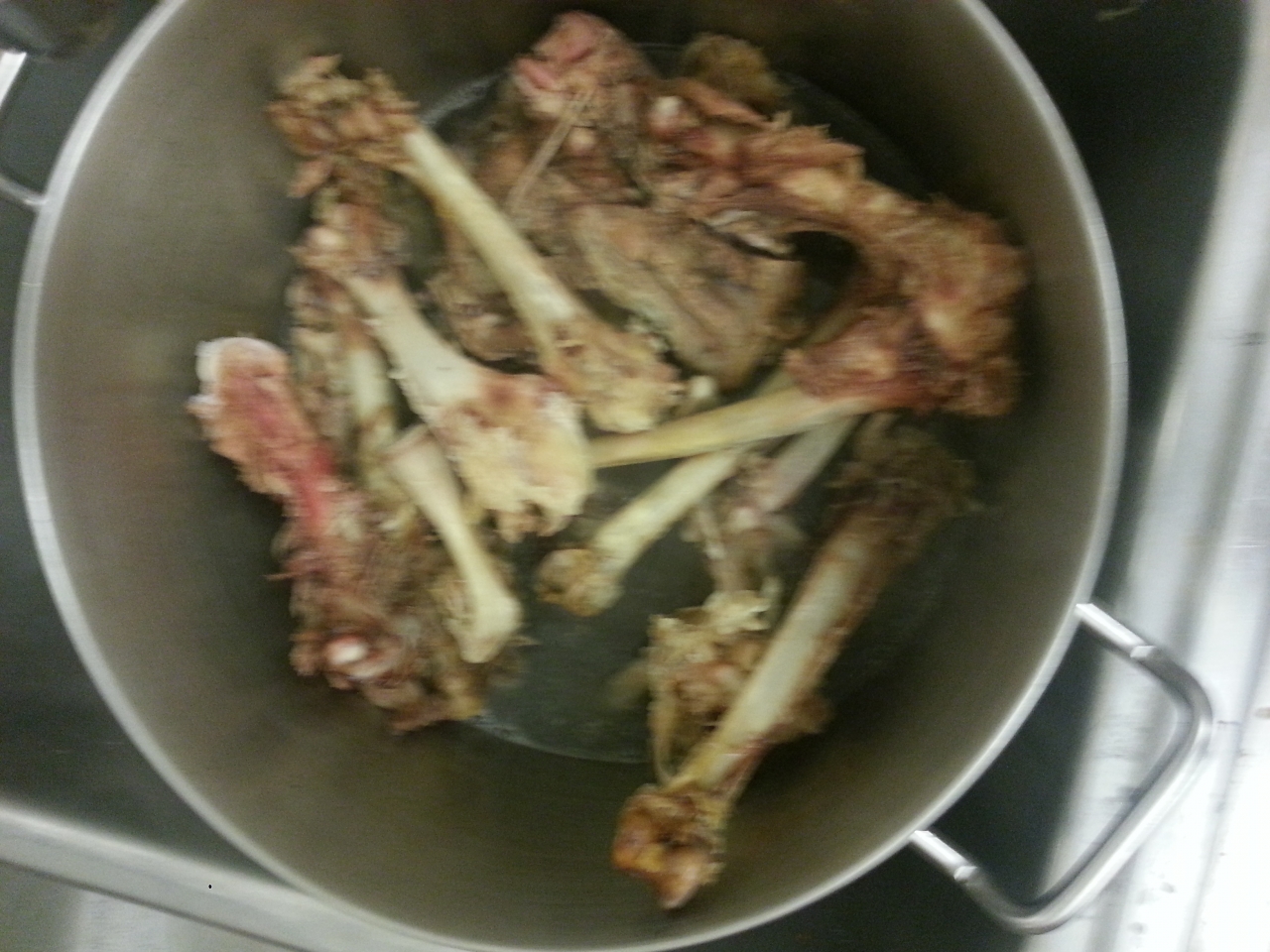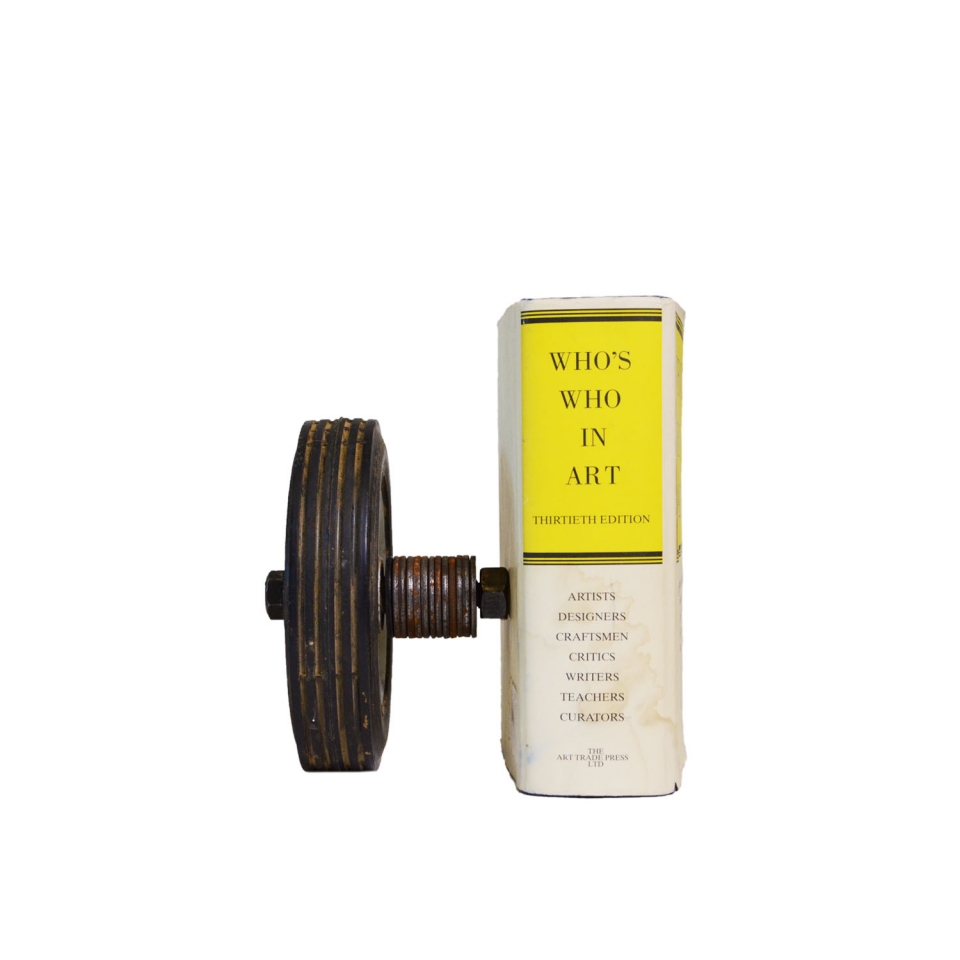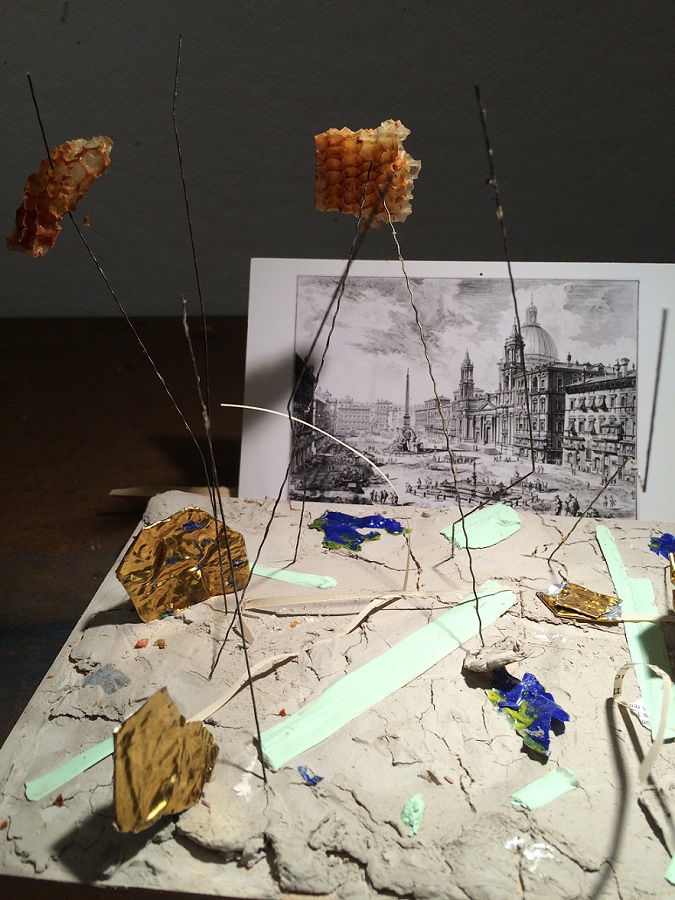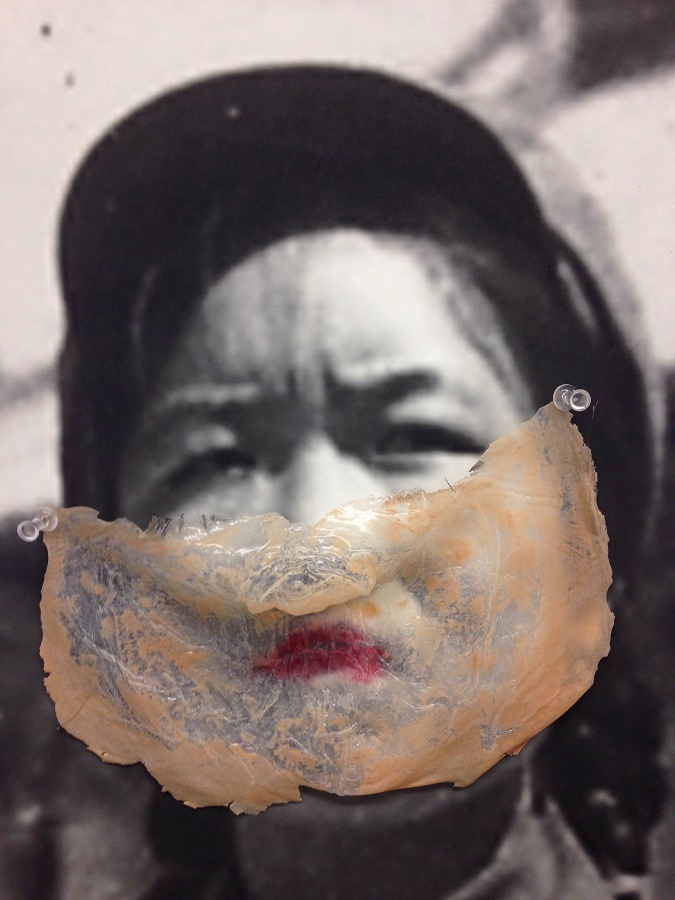Thursday afternoon. It was a beautiful day here at Princeton University. The leaves were changing color, the air was just breezy enough for a light jacket and there wasn’t a single cloud in sight. And there I was—huddled under dim fluorescent lights in a corner of Firestone Library, two floors underground, surrounded by stacks and stacks of books. I had finally met a fate I was dreading for three years. I was writing my thesis.
The senior thesis is a cherished (or dreaded) Princeton tradition, as previous blog posts have discussed. In my senior thesis, I’m researching how economic reforms have affected the lives and occupations of women in rural China. I chose this topic because I’m interested in how women are affected, both positively and negatively, by economic development, but also because of my own background. My father grew up in a remote village in rural China, and in the past 30 years a lot has changed. Populations have shifted. Farmland has turned into factories. Roads have been built. I go back once in a while to visit my family. My grandmother still lives on the same plot of land, while China transforms around her.
Friday afternoon. Another beautiful day. My parents were visiting campus with my grandmother, who had just arrived in the United States for the first time. As a tour guide, I’ve introduced Princeton University to visitors from around the world, from all walks of life. Yet that Friday, I was at a loss as to how I would introduce my grandmother to my Princeton life. It seemed absurd to explain having unlimited meal plans to a woman who had lived through famines, or living in Gothic castles to someone who had literally built her own house out of stone and straw.
We strolled around campus. I was proud to show my grandmother the place I call home. I pointed toward my dorm, and I showed her where I had my classes. I tried to explain some of Princeton’s history to her. I joked about the squirrels hiding in piles of leaves. She was quiet. I wasn’t sure if things were getting lost in translation, or if the institution itself confused her. And then she said something I won’t ever forget: “I’m an illiterate woman from the countryside, and I’m visiting my granddaughter at the best school in the United States.”
Something clicked for me in that moment. Just a day before, I was angsting about my research, intimidated by the blank Word document on my screen, and getting caught up on the smallest, most obscure points. But then, hearing my grandmother, everything seemed to converge. I realized something I think I had always known subconsciously: My thesis isn’t just an academic interest. It isn’t just a natural progression of the classes I’ve taken at Princeton. My thesis is a product of my own self, where the personal meets the political. When I picked my topic, I knew I wasn't just going to write about some abstract women in a country on the other side of the world, but rather I would be writing about my grandmother, my aunts and my cousins. I wanted to learn about my roots. As an immigrant growing up in the United States, I wanted to feel closer to a family history and a culture that had previously felt so far away.
I still think about what my grandmother said, every day. That revelation hasn’t resolved any of the challenges I’ve been facing in my thesis. I still have blank Word pages to fill, I still have reading to do and I still don't understand all of those econometric models, yet somehow, it doesn’t seem so dreadful anymore. Even though I'm still nervous about writing 100 pages, I know that everything I've learned these past three years, everything I've lived in the past 21 years and everything my family has been working for over the decades will inform all of it. I know there will be plenty of challenges ahead, but now, it's more than just another grade on my transcript. This time, it's personal.








